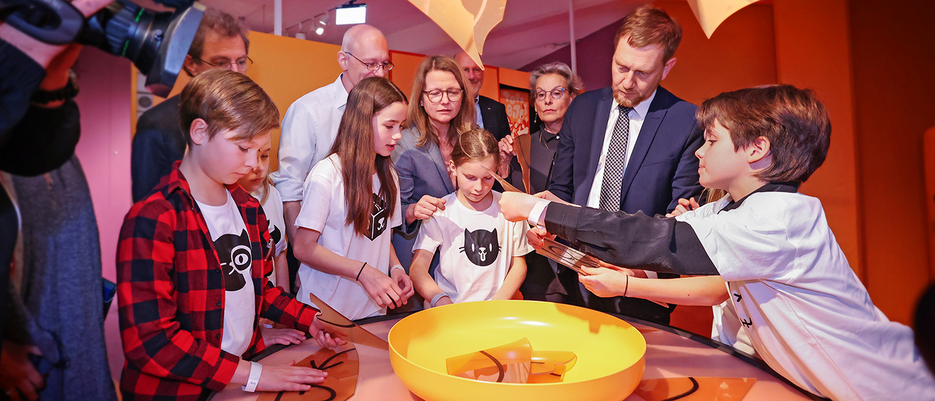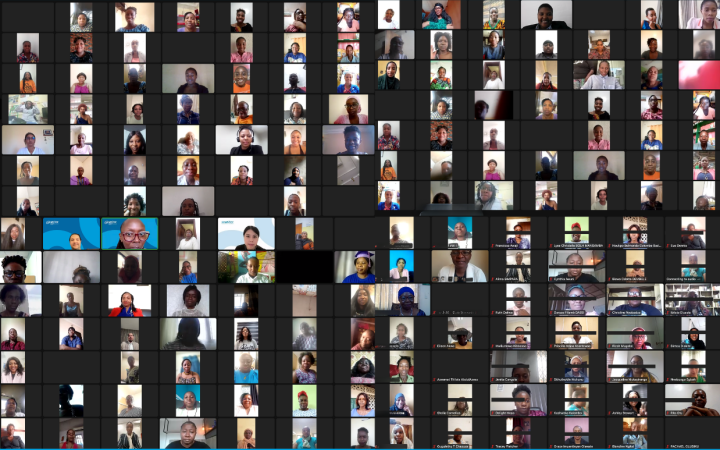Leading health organisations are urging the incoming Queensland government to ban smoking in city centres across the Sunshine State and introduce laws to manage smoke-drift at unit blocks.
As this month’s state election draws near, the Heart Foundation and Cancer Council Queensland are calling for more smoke-free places and tougher tobacco retail laws to further protect the public from second-hand smoke and cut smoking rates.
Queensland Health figures show one in nine adults smokes daily, with smoking rates climbing past this state average in many regional areas (see table with local statistics below).
Heart Foundation Queensland CEO, Stephen Vines, says stronger smoke-free laws will help keep people healthy in the wake of the COVID-19 crisis.
Smoking damages your heart as well as your lungs, and exposure to second-hand smoke raises the risk of heart disease by about 30%. Early evidence suggests people who smoke may also be more vulnerable to contracting COVID-19, and to experiencing more severe illness from the virus.
“Heart disease remains our single biggest killer, and stronger laws to tackle tobacco will be a key part of protecting Queenslanders’ heart health,” Mr Vines said.
“Great progress has been made to protect Queenslanders from other people’s smoke, but there’s still work to be done. Making town centres smoke-free will help protect the public from second-hand smoke while encouraging smokers to kick the habit.”
Mr Vines said non-smokers were also being exposed to second-hand smoke while living in their own homes due to neighbours lighting up on balconies and in common areas at unit blocks. More than 350,000 Queenslanders live in apartments, representing almost 12% of all homes.
“People often have no power to change this situation. With more Queenslanders now likely to be working from home more often, it’s time to bring in legislation allowing a body corporate to pass its own enforceable by-laws to regulate smoking at apartment blocks.”
The health charities are calling for the next government to roll out a raft of measures, including:
- Banning smoking in city centres across the state;
- Introducing laws to manage smoke-drift at unit blocks;
- Phasing out designated outdoor smoking areas at pubs and clubs;
- Banning under-18s from selling cigarettes;
- Removing cigarette-vending machines from licensed venues;
- Setting up a tobacco retail licensing scheme to monitor who is selling the drug; and
- Banning smoking inside casino high-roller rooms.
Cancer Council Queensland CEO Ms Chris McMillan said the organisations are calling for stronger tobacco legislation reforms through the extension of statewide smoke-free places in Queensland.
“It is vital that smoke-free legislation is supported through strong public communication and enforcement, and we would welcome further action in this area to maintain our smoke-free environments and protect our community,” said Ms McMillan.
“Smoke-free laws give people the freedom to go to work, study and do other daily activities like walking or playing sport, without being exposed to second-hand smoke.
“The majority of Queenslanders are now non-smokers, and studies of community attitudes towards smoking have found increasingly high levels of support for broadening restrictions on smoking in Queensland, due to growing awareness of the harms.”
The Queensland state election is due to be held on 31 October.
People thinking about quitting smoking should speak with their doctor or call the Quitline on 13 78 48.
Smoking rates around the state
Percentage of adults who smoke daily, by Hospital and Health Service:
- Central West – 20%
- South West – 17%
- Wide Bay – 16%
- North West – 15%
- Cairns and Hinterland – 15%
- West Moreton – 15%
- Mackay – 15%
- Central Queensland – 14%
- Torres and Cape – 13%
- Townsville – 12%
- Darling Downs – 12%
- Queensland – 11%
- Metro South – 11%
- Gold Coast – 10%
- Metro North – 10%
- Sunshine Coast – 9%
Source: Report of the Chief Health Officer Queensland 2018








